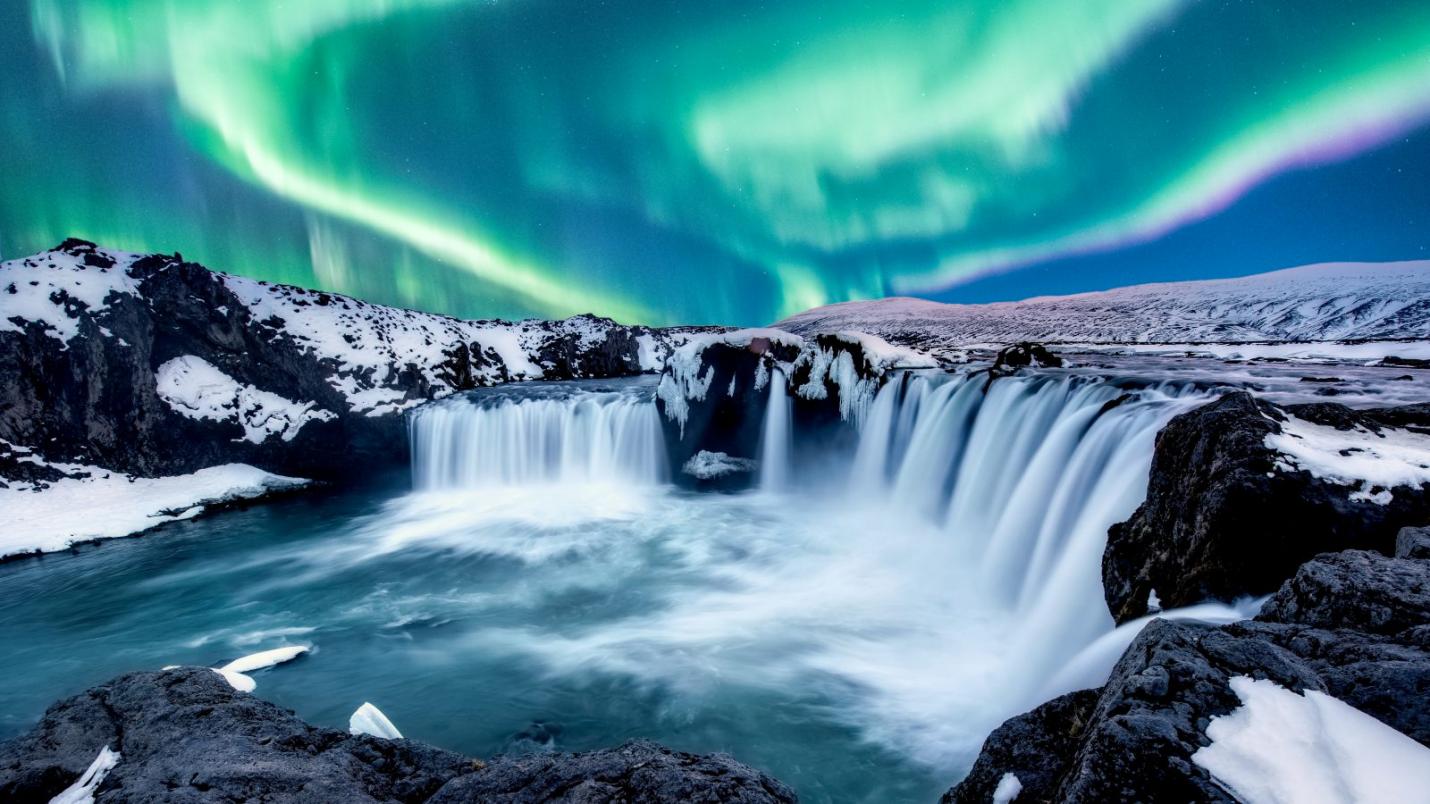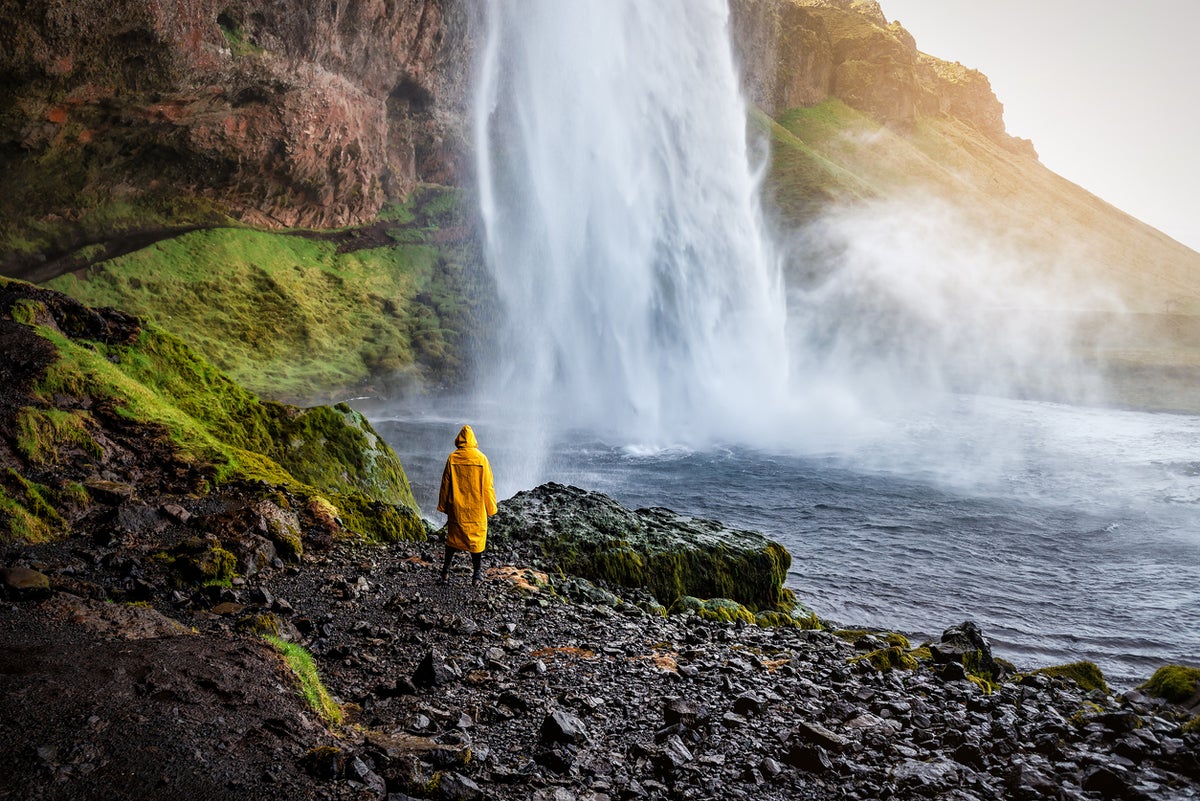Although it has become one of the most popular tourist spots, Iceland still maintains the exclusive sensation of a hidden gem. Maybe it's the breathtaking scenery or the vast stretches of open terrain where the only signs of civilization are Icelandic horses and the odd waterfall.
Aside from its stunning natural beauty, the country also boasts a vibrant cultural life. Its people are well-liked for their friendliness and great national pride in their heritage and mythology.
Iceland's landscapes, such as the Blue Lagoon and Skogafoss waterfall, are the stuff of legend, both figuratively and practically, since many of Iceland's most famous landmarks have been mentioned in Viking mythology and classic literature. You will be inundated with stunning scenery at every turn of the route.
The Best Time To Visit

Since Iceland is a country of extremes, the optimal time to visit depends on the kind of experience you hope to have. The northern lights may be seen best from September to March, but this is also the coldest and darkest year in the nation.
The weather is mild between the beginning of June and the end of August, making it ideal for sightseeing and traveling the whole Ring Road. However, pack a sleeping mask, as the sun only sets for three hours.
Things To Remember
There are breathtaking views and natural treasures around every corner in Iceland, making it one of the most visually appealing countries on Earth. This is why ecologists and environmentalists stress the importance of not eating puffins or whales, which are sometimes offered to visitors, and of adhering to the leave no trace rule.
When exploring these areas, visitors should pack out all trash and stay on established trails to prevent damaging the environment. Horses are another common sight in the country; however, you should not feed or approach them.
Since the financial crisis of 2008–2011, Iceland has been making great efforts to revive its tourist industry. Stopover deals are available on Icelandair, the national airline, allowing passengers to fly to Reykjavik and another major European city for the same price as flying directly to the European destination.
The Essential Municipalities

Reykjavik:
Reykjavik is the capital and most visited city in Iceland, with good reason. Its convenient location puts you in the midst of some of Iceland's most well-known attractions as well as the airport. It's also simple to see them since shuttle trips often leave from the city, and discounts are available on package offers that include many stops.
Akureyri:
Akureyri, a port town sometimes called the capital of North Iceland, offers some of the best whale viewings in the world, with many cruises promising to see whales throughout the summer months. Located in the heart of Akureyri, the Botanical Garden was established in 1912 and is well-known for its lush vegetation and scenic pathways.
Akureyri is a great place to visit if you're a fan of the outdoors, and it even has trip choices to adjacent natural attractions, some of which are accessible only by horseback.
Húsavík:
Hsavk's Hsavkkurkirkja, a wooden church constructed in 1904 and a key draw for tourists, can't be missed. Have Whale Museum is only one of numerous cultural and biological institutions that attract tourists to the area. Have is a beautiful place to go whale watching, as countless different species frequent the bay.
Vík í Mýrdal:
Only around 300 people are living in the little village of Vk o Medal, yet it is one of the most visited places along the Ring Road for visitors traveling the south coast route.
The 2.5-hour trip between Reykjavik and Vk is well worth it because it passes by two of Iceland's most impressive waterfalls, Skógafoss and Seljalandsfoss.
Although the Eyjafjallajökull and Mrdalsjökull glaciers are visible from Vk on clear days, the black sand beach of Reynisfjara is the main attraction in this area.
Tips for Getting Around
The Ring Road is the only major thoroughfare in Iceland. And, as the name implies, it travels the whole length of the United States. The Ring Road passes via several of Iceland's most recognizable and stunning landscapes.
Several side roads branch off the main route, but the Ring Road is where most people and traffic go. As Keflavik Airport's nearest city, most visitors to Iceland begin their journey in Reykjavik.
Shuttles run between Keflavik International Airport and Reykjavik, with some making stops along the way to the Blue Lagoon so travelers can swim in its famed warm waters after a long journey. A public bus system known as the Straetó operates in Reykjavik.

The Best Travel Advice for Your Next Trip to Belgium

BESTLIST: A New Search Engine Will Help You Plan Better Trips

Where To Stay In Salento, Colombia Throughout 2022: The 3 Best Areas And Hotels

5 Family Vacations Without Any Flying In 2023

Which is better to go to: Luxor or Alexandria?

An Easy Way for Preventing Tangled Necklaces While Packing

Honeymooning in Rome: A Romantic Guide to the Eternal City

The Ultimate Budget Travel Guide to Boise, Idaho

Best Things To Do In Old Town Temecula

Where To Find Festive Spirit At Europe's Christmas Markets

Most Beautiful Historical Places In The World
